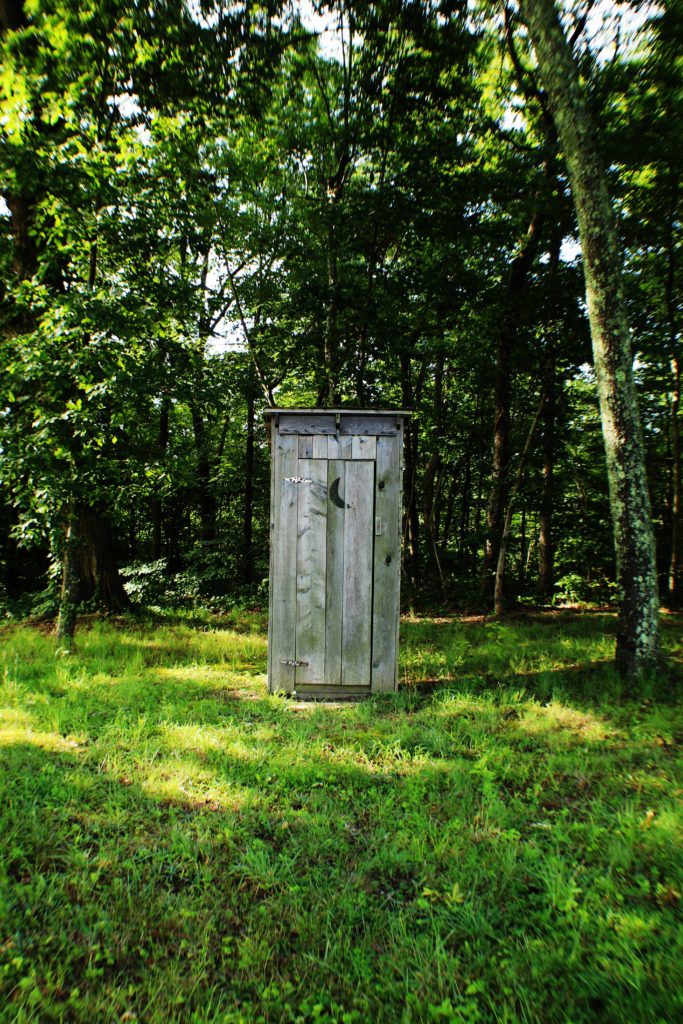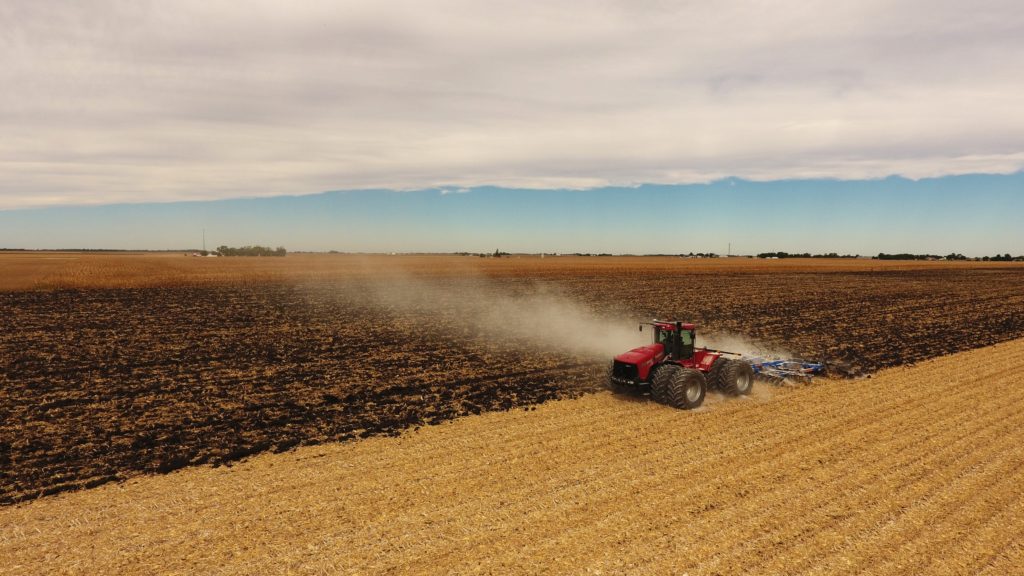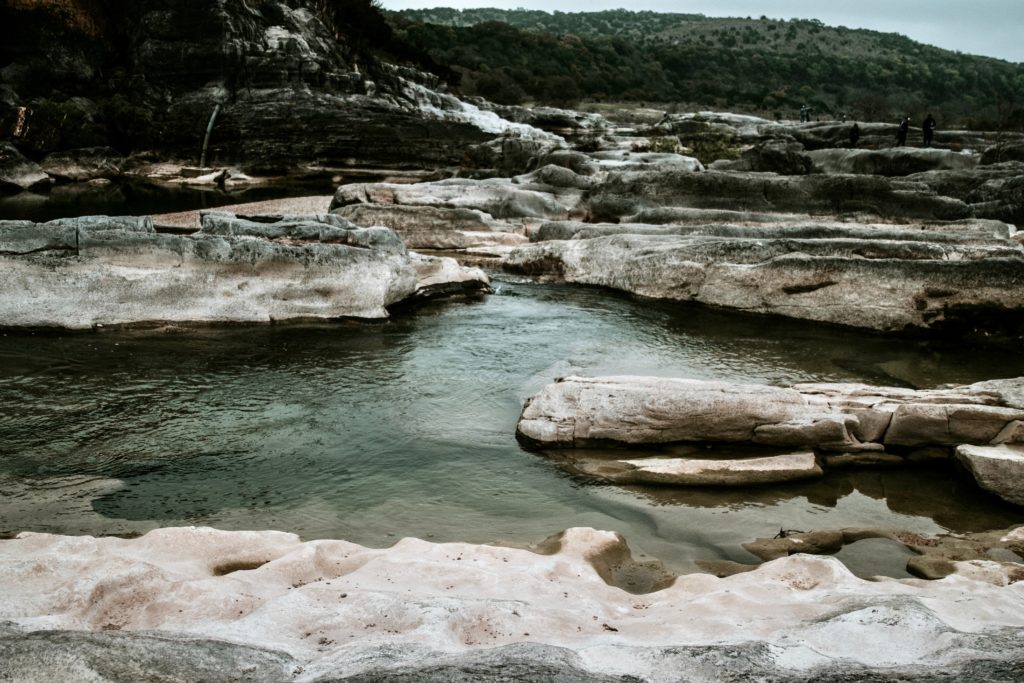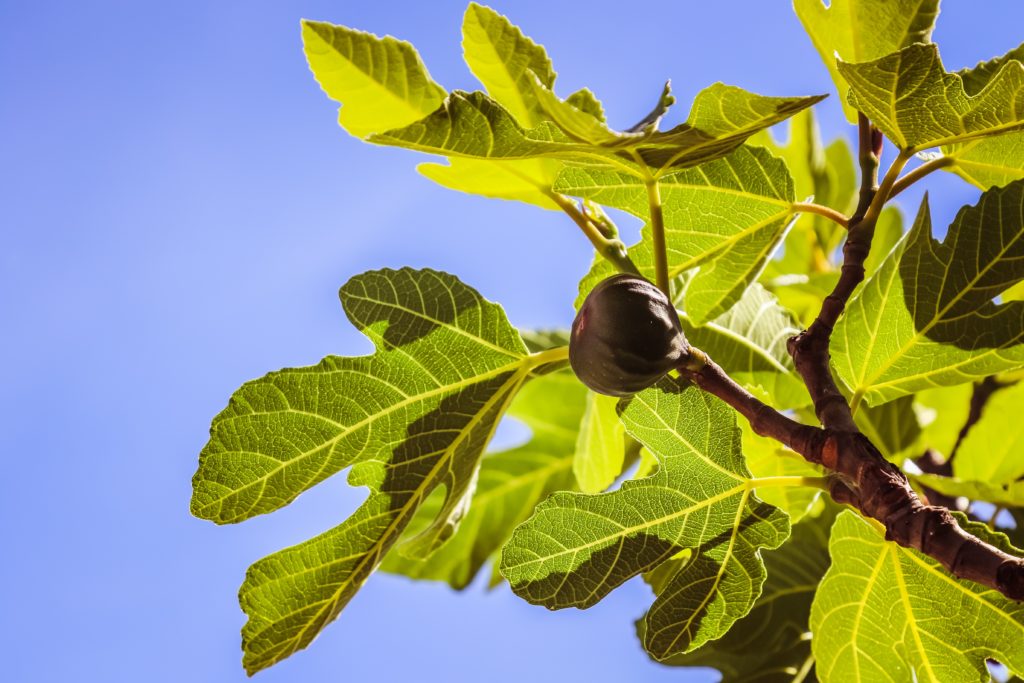Encore! Excursion to the Texas Wendish Heritage Museum
Join Harris County Precinct 4 folks on a virtual Encore! Excursion as they explore the Texas Wendish Heritage Museum to learn more about the history of the Wends who immigrated to Texas in the mid-19th century.
Encore! Excursion to the Texas Wendish Heritage Museum Read More »









